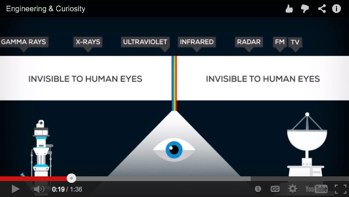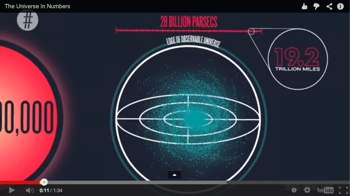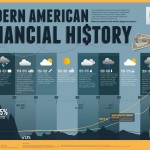 This infographic begins in the year 1820. What was going on in the world in 1820 that makes this infographic begin there. Do you agree that it should begin there? Should it begin earlier, or later? What were the biggest factors that led to immigration to America?
This infographic begins in the year 1820. What was going on in the world in 1820 that makes this infographic begin there. Do you agree that it should begin there? Should it begin earlier, or later? What were the biggest factors that led to immigration to America?
Where did the immigrants settle in America? What was going on in each state that led to the number of immigrants, or lack there of? The infographic only talks about how many immigrants are in each state. When did the immigrants travel there and why? For instance, North Carolina has a recognizable immigrant population. What is going on that we have so many? Why not other states?
Blog: http://visual.ly/celebrating-americas-diversity-family-history-month-2011





 The good news shared by this infographic is that Earth should still be around for at least another one hundred quintillion years, at which point everything that is not biodegradable will be destroyed, although this infographic does mention even the decay of titanium in laptops. But this infographic goes into many more details that lead to the destruction of the Earth.
The good news shared by this infographic is that Earth should still be around for at least another one hundred quintillion years, at which point everything that is not biodegradable will be destroyed, although this infographic does mention even the decay of titanium in laptops. But this infographic goes into many more details that lead to the destruction of the Earth.

